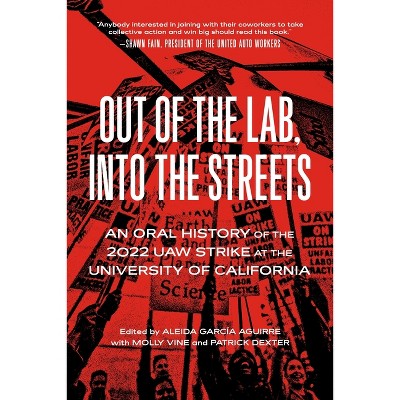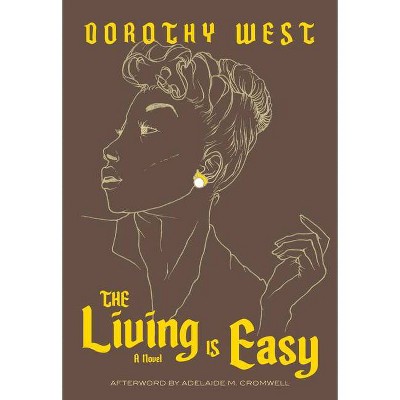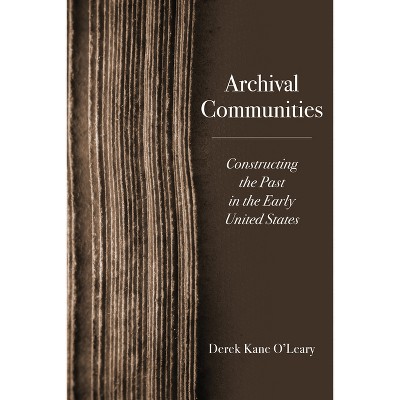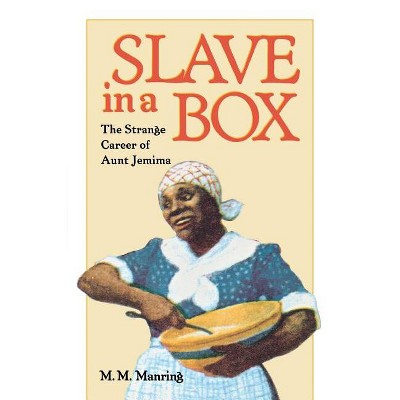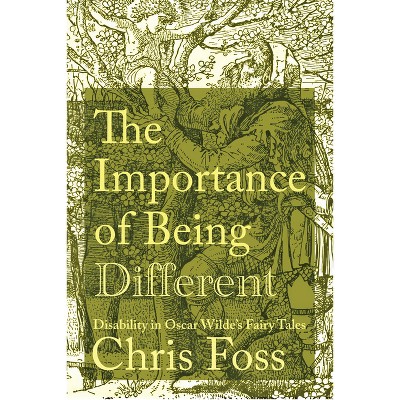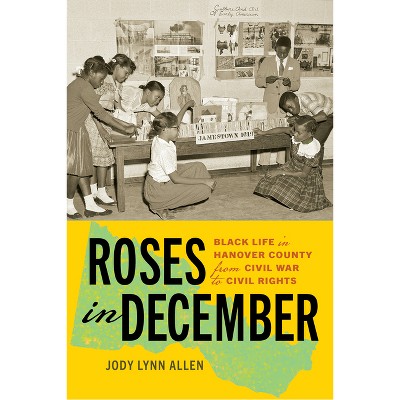Sponsored

From Morning to Night - by Elizabeth O'Leary (Paperback)
In Stock
Sponsored
About this item
Highlights
- Step off the lush carpet and push through the swinging door of the butler's pantry to enter the bustling realm of domestic workers at Maymont House from 1893 to 1925.
- About the Author: Elizabeth L. O'Leary, Guest Curator at Maymont Foundation and Associate Curator of American Arts at the Virginia Museum of Fine Arts, Richmond, is the author of At Beck and Call: The Representation of Domestic Servants in Nineteenth-Century Painting and coauthor of American Dreams: Paintings and Decorative Arts from the Warner Collection.
- 198 Pages
- Social Science, Ethnic Studies
Description
Book Synopsis
Step off the lush carpet and push through the swinging door of the butler's pantry to enter the bustling realm of domestic workers at Maymont House from 1893 to 1925. In From Morning to Night, Elizabeth O'Leary takes the reader behind the scenes in the opulent mansion of the Richmond multimillionaire James H. Dooley and his wife, Sallie. Drawing upon personal letters, business and government documents, and numerous oral histories of older Richmonders--both black and white--O'Leary examines the parallel and divergent viewpoints of server and served in this Virginia version of "Upstairs/Downstairs."
Raised in slave-owning households before the Civil War, the Dooleys experienced the transformation of the master/mistress-slave relationship to that of employer-employee. In the late nineteenth and early twentieth centuries, they relied on a full complement of domestic servants to maintain their lavish residences and lifestyle. In turn, numerous men and women--predominantly African American--labored to meet the day-to-day challenges of running an elaborate household. At the same time, they negotiated the era's increasing Jim Crow restrictions and, during precious hours off-duty, helped support families, churches, and the larger black community.
By examining the formalities and practices of the Dooleys at home and by giving a presence and voice to their "help," From Morning to Night offers insights into domestic and social systems at work within and beyond the upper-class household in the Gilded Age South.
Review Quotes
"O'Leary sheds new light on complex relationships between the aristocratic Dooleys and their employees (few were white) in an era complicated by Jim Crow laws and the attendant 'do's and don'ts' that often created an inseparable chasm between whites and blacks. Utilizing interviews and printed sources, O'leary reveals a great deal about the Gilded Age and Richmond's place in it, including the African American community's social complexities as well as those of Richmond's white elite.
--ChoiceAbout the Author
Elizabeth L. O'Leary, Guest Curator at Maymont Foundation and Associate Curator of American Arts at the Virginia Museum of Fine Arts, Richmond, is the author of At Beck and Call: The Representation of Domestic Servants in Nineteenth-Century Painting and coauthor of American Dreams: Paintings and Decorative Arts from the Warner Collection.
Shipping details
Return details
Frequently bought together

Trending Non-Fiction






